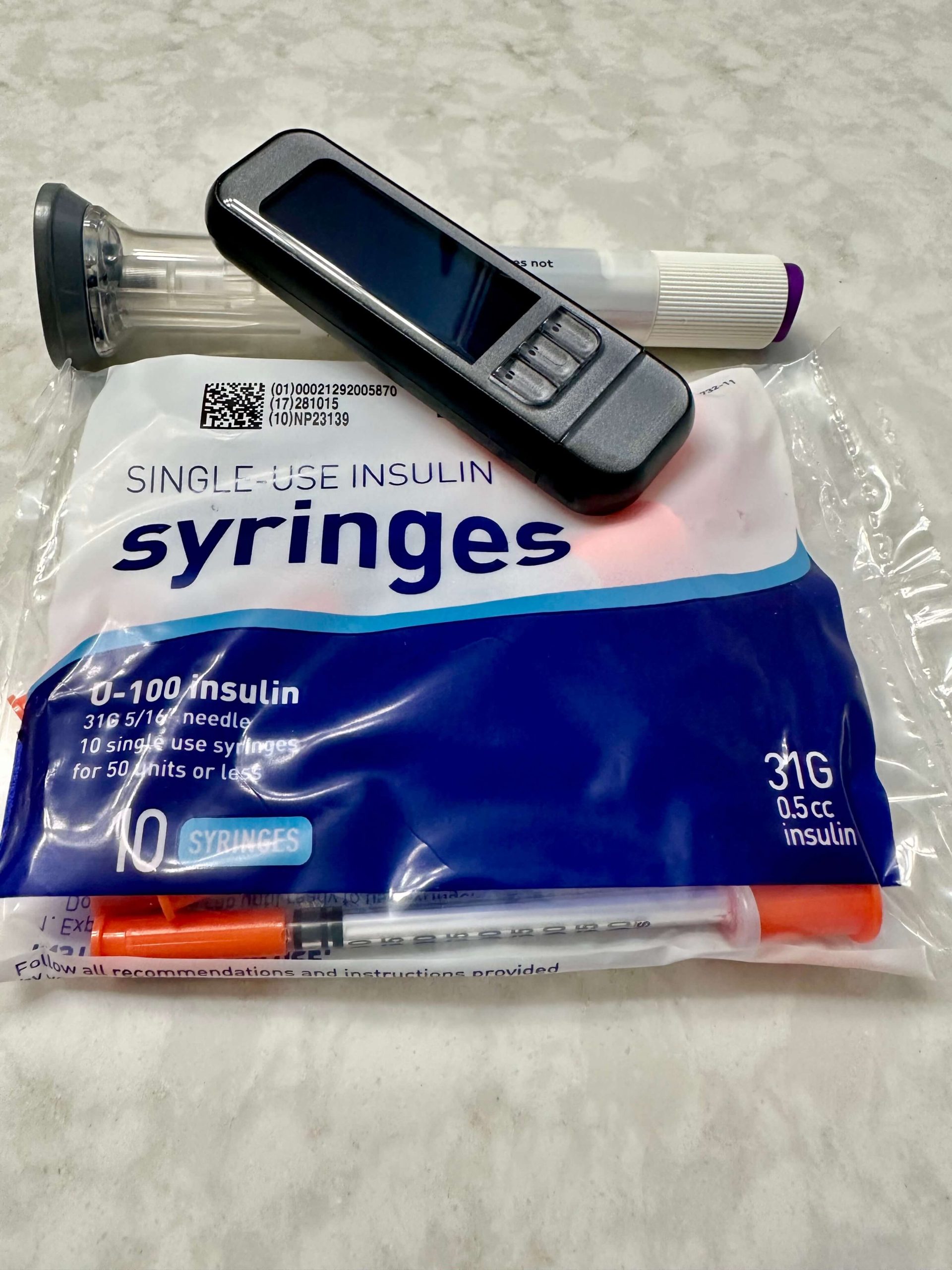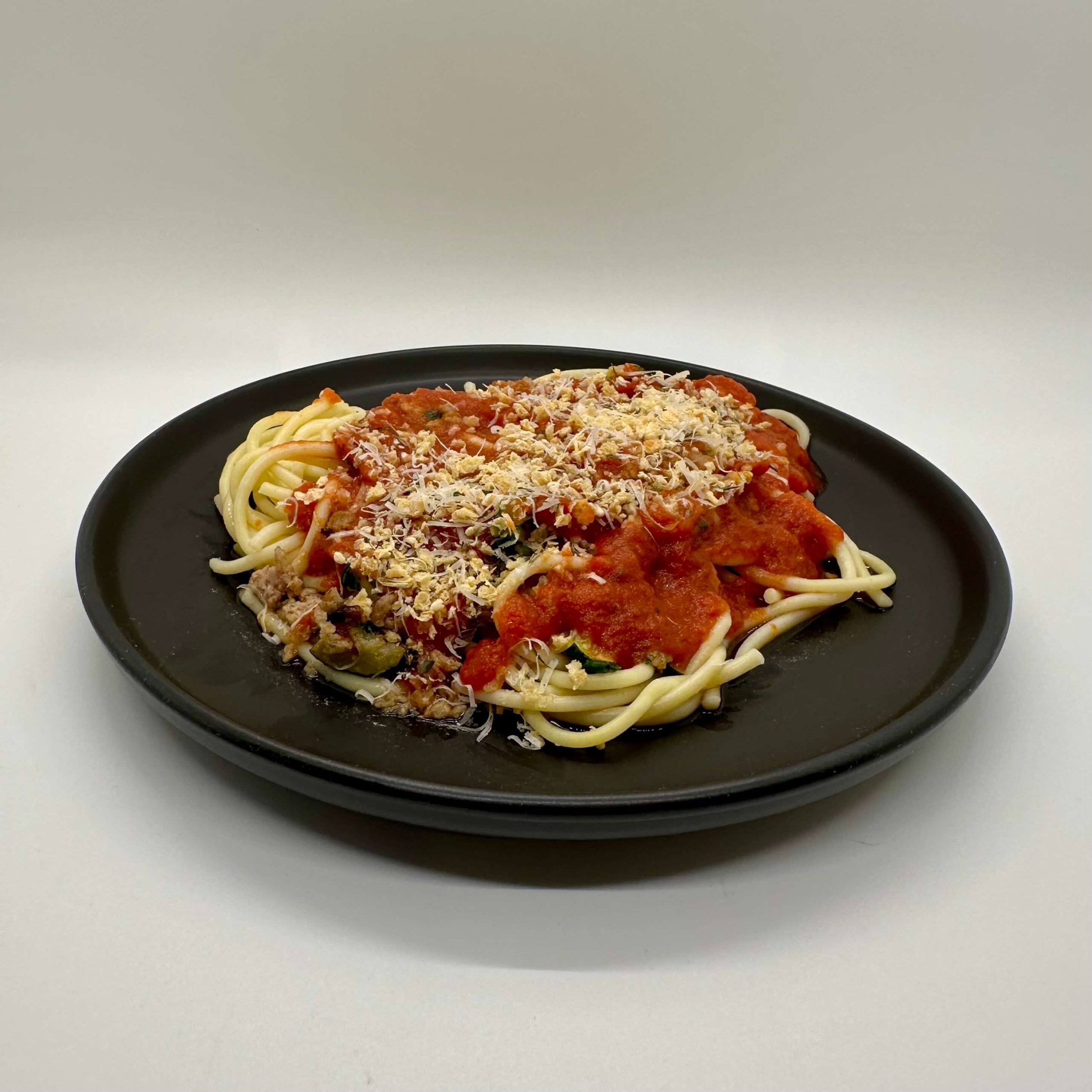-

Ham with Cream Sauce, Broccoli, and Red Peppers
Read more: Ham with Cream Sauce, Broccoli, and Red PeppersTrade in your ham and noodle casserole and make a cream sauce instead.
-

What is your risk for developing celiac disease if you have type 1 diabetes?
Read more: What is your risk for developing celiac disease if you have type 1 diabetes?The prevalence of celiac disease is about 1% of the population. For people with Type 1 Diabetes, the prevalence is about 6%, with a range of 4-11%. Type 1 Diabetes and Celiac Disease: What is the Link? At diagnosis, people with Type 1 Diabetes experience excessive thirst, frequent urination, and significant weight loss. The problem…
-

Grilled Zucchini
Read more: Grilled ZucchiniGreat with grilled fish or chicken, accompanied by a side of rice and beurre blanc.


